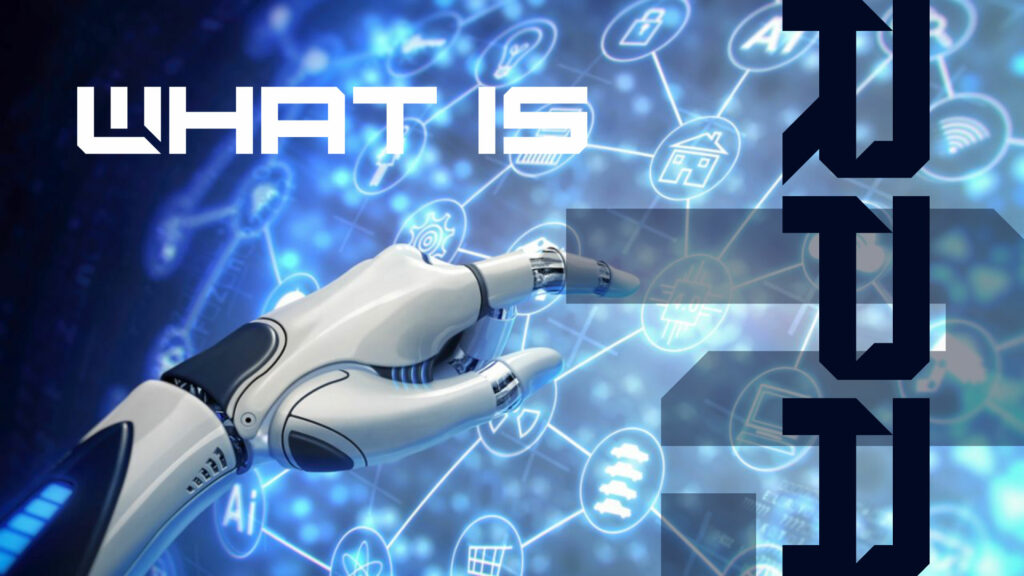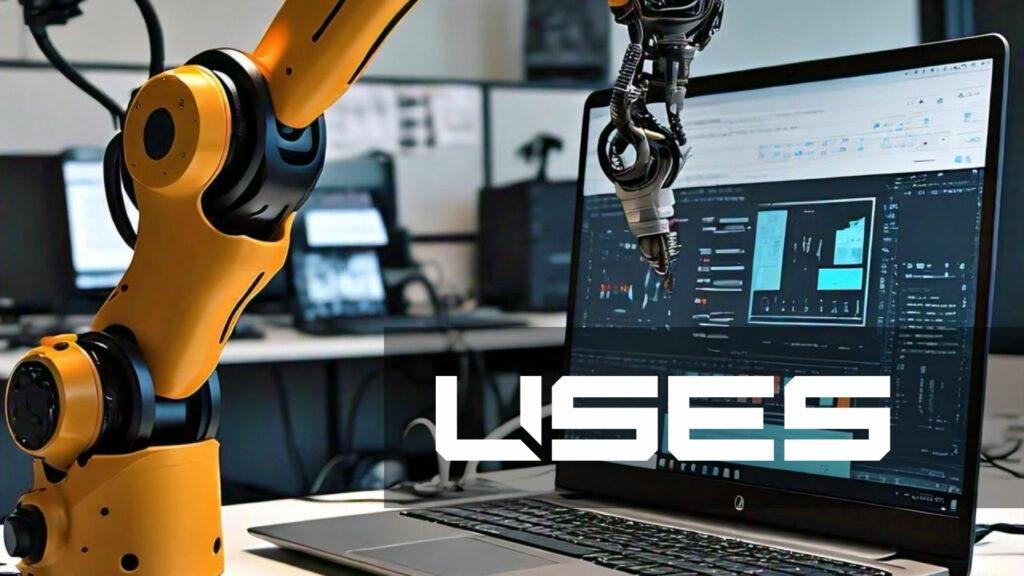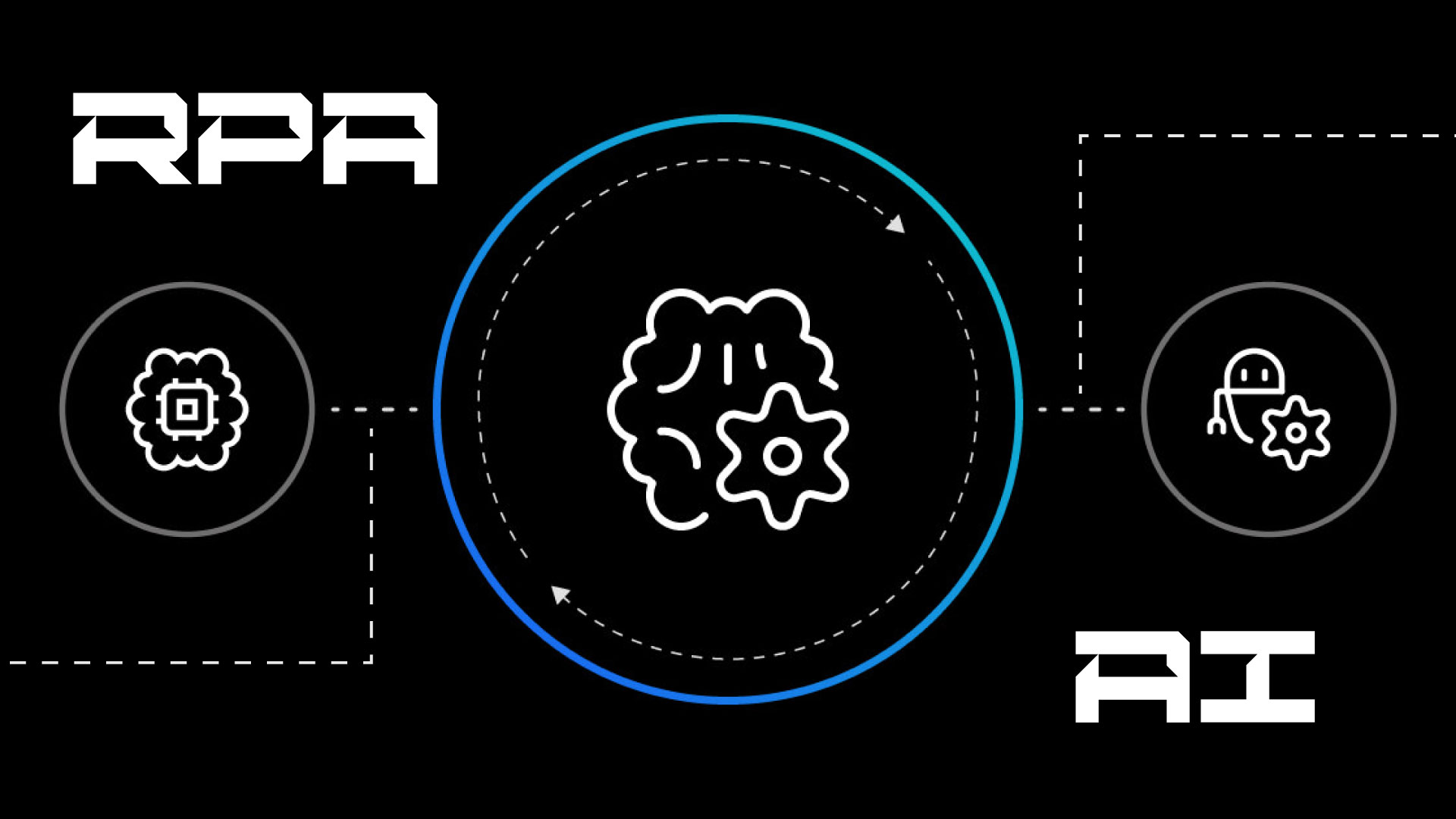Robotic Process Automation and AI
Introduction
Technology is ever-evolving and new trends are being introduced at a rapid pace. There is also a multi-disciplinary and interdisciplinary approach to introducing hybrid technologies. This not only broadens the spectrum of technology but also provides a reformed outlook on traditional methods. With the latest advancements, it is becoming difficult to keep up with the latest trends. Everyone is familiar with artificial intelligence and the speedy progress it is making in the IT sector. Experts have a lot to say regarding artificial intelligence and its deployment in various fields. Forrester predicts that around 10% of Fortune 500 enterprises will be producing AI-generated content. While there are many that have incorporated AI into their business strategies.
Following is a discussion about artificial intelligence and its collaboration with robotic process automation (RPA).

What is Robotic Process Automation (RPA)?
Robotic process automation is software robotics designed to overtake automated tasks. It carries out redundant tasks like data scraping, filing, data entry, calculations, etc. RPA robots integrate application programming interfaces (APIs) and user interfaces (UIs) to perform these tasks. They are designed to work according to the prescribed programs each time. In addition, rule-based software systems allow them to handle large volumes of data, making them intelligent automation (IA). This intelligence can also be integrated with machine learning and the natural learning process to enhance productivity. This single technology has led to massive business turnouts in terms of profits and future strategies.
How does RPA work?
RPA needs to be integrated into the system in order to benefit from its tools and functions. RPA works in place of humans by mimicking their actions and reducing their labour. It takes up most of the redundant and mundane tasks of organizing, copy-pasting, etc. RPA can be fused into an IT system by connecting to a database on the backend or through front-end desktop connections. There can also be interface connectivity, which carries out the invisible tasks of transferring information.
How does RPA work with AI?
The collaboration between RPA and AI updates the traditional system of data structuring. Together, they create intelligent automation by combining machine learning and automation. This optimizes work processes and transforms the workflow mechanism. It can handle more complex tasks by categorizing the unstructured data and streamlining the work progress.

Uses of RPA and AI systems
The new software and robotics technology can be incorporated into many businesses. Given the benefits of RPA, many industries are deploying this new technology into their systems. Some of the examples are as follows:
1. Finance Industry
The banking and finance industries deal with huge amounts of data in the form of numbers. There is a huge amount of information that must be transferred with security and accuracy. An increased number of bots are incorporated to manage and automate the manual tasks.
2. Healthcare
Automation is equally important in healthcare institutes like hospitals, research labs, etc. Precision is very important in health care as it determines medical procedures, medication, and patient care dynamics. In addition, patient data, insurance, payments, etc. are regulated by AI automated systems.
3. Customer care
The automotive function of artificial intelligence has transformed customer representative services. Thousands of businesses, industries, and institutes have deployed chatbots to connect the owner with the customer. The process is quick and manages a greater number of queries in less time, with 24/7 availability.
Benefits of RPA
Robotic process automation serves a lot of benefits across disciplines. These advantages are as follows:
1. Employee Satisfaction
Through the automated system of RPA, redundant and mundane tasks are automated, liberating employees. Performing the same task again and again decreases the morale of employees. Hence, employee productivity is directed towards more important tasks and boring ones are left for AI.
2. Efficiency
The software robots perform their tasks with greater efficiency. Since the machines are automated to stick to their relative functions, they provide results on time. Hence, a lot of data or information is processed and retrieved on time.
3. Accuracy
Compared to humans, machines are less likely to make errors. AI is designed to perform error-free tasks with accuracy. While it can be difficult for humans to access a huge amount of data, it is a matter of minutes for automated AI.
4. Cost-effectiveness
The RPA system can prove to be cost-efficient for any field or institute. There will be less staff required and a single system can handle everything. It is an all-in-one solution for businesses looking to scale their productivity and profits.
Conclusion
Robotic process automation and AI have introduced new ways for businesses to. Together, this new technology has transformed traditional business models. Efforts are being made to introduce further improvements and advance the technology. Organizations are working at a faster pace but also smartly to increase turnouts and create business expansions.







